Find Help
More Items From Ergsy search
-
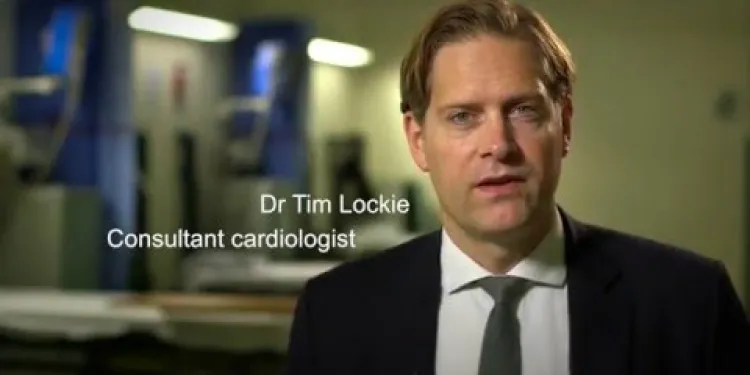
Introduction to coronary angiogram and stenting
Relevance: 100%
-
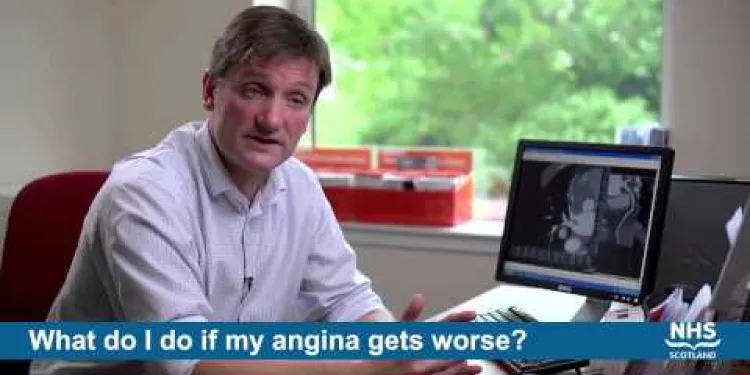
Intro to Angiograms, Angioplasty & Coronary Bypass Grafting
Relevance: 71%
-

Heart stents
Relevance: 48%
-
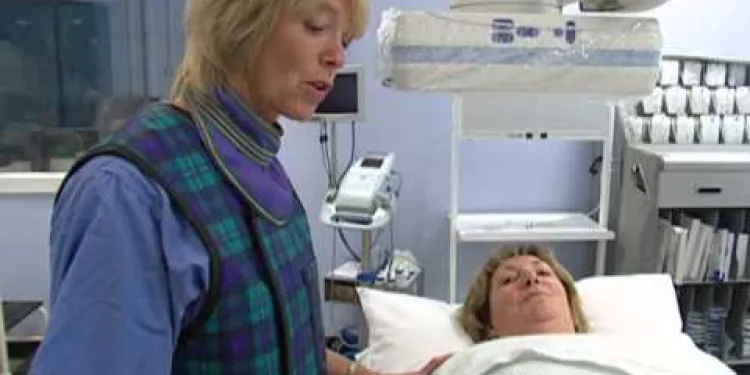
Having a CT Angiogram
Relevance: 43%
-

Coronary Bypass Grafting (CABG)
Relevance: 29%
-

FFR-CT beat invasive conventional coronary angiography says a Cardiologist
Relevance: 26%
-
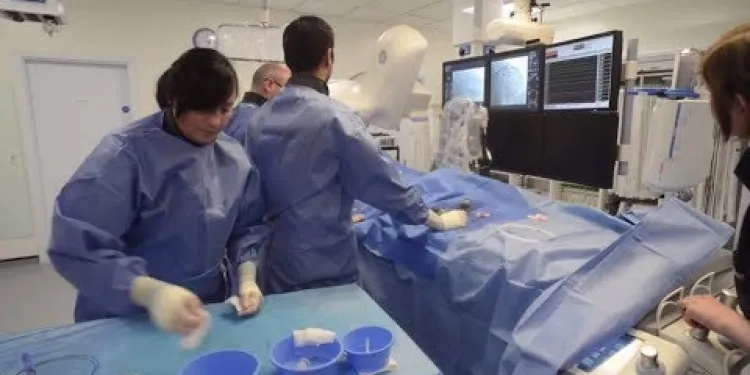
Heart attack care - Raigmore Hospital Inverness, NHS Highland
Relevance: 14%
-

Will a heart bypass make me live longer?
Relevance: 13%
-

Cardiac Physiology Walkthrough
Relevance: 10%
-

What causes heart failure?
Relevance: 10%
-

What is angina and how is it treated?
Relevance: 9%
-

Heart Attack Stories | NHS
Relevance: 9%
-

Heart failure introduction
Relevance: 7%
-

Before Angioplasty
Relevance: 7%
-

Heart Failure : Symptoms of heart failure
Relevance: 6%
-
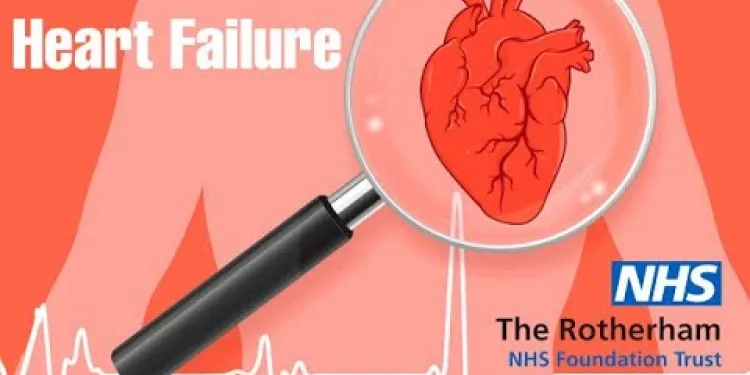
Heart Failure : When the heart becomes stiff?
Relevance: 6%
-
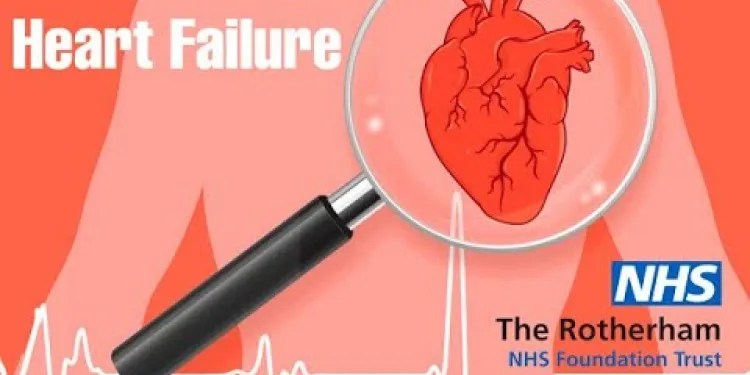
Heart Failure : What is heart failure?
Relevance: 6%
-

Heart Failure : Heart failure that cannot pump
Relevance: 6%
-

What are the symptoms of arterial thrombosis?
Relevance: 6%
-
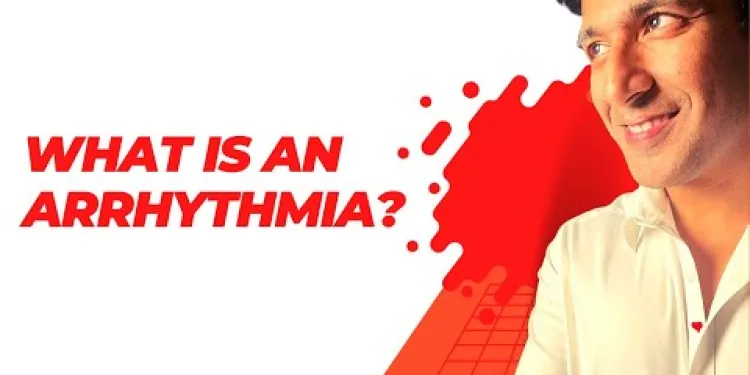
What exactly is an arrhythmia?
Relevance: 6%
-

Heart Failure : The normal heart
Relevance: 6%
-
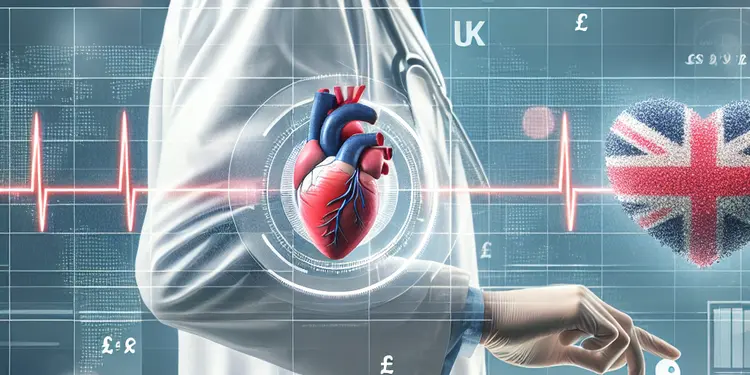
How is heart failure diagnosed?
Relevance: 5%
-
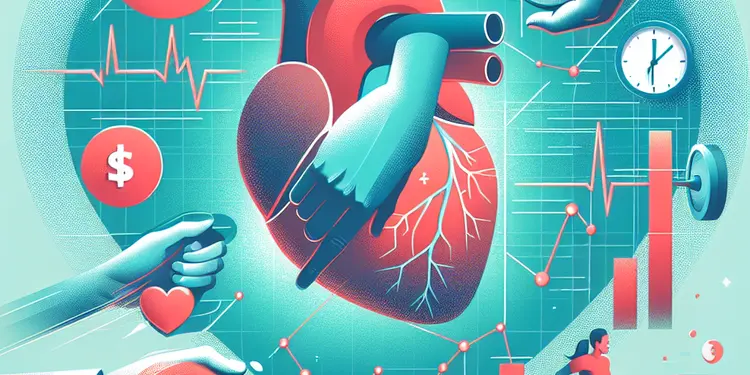
Can physical exertion trigger a heart attack?
Relevance: 5%
-

Heart Attack Stories | NHS
Relevance: 5%
-

Can heart failure be prevented?
Relevance: 5%
-

Electrocardiogram ECG
Relevance: 4%
-
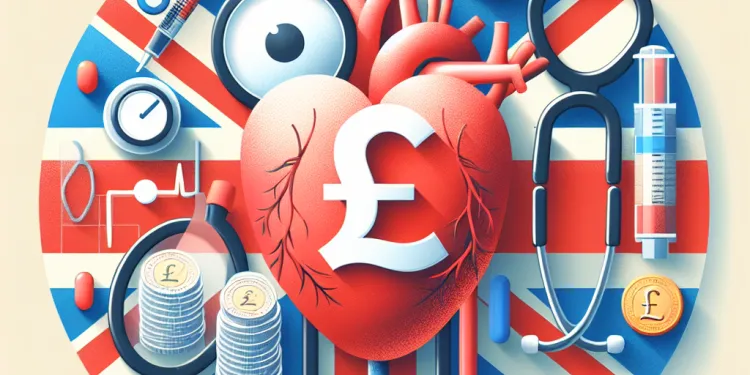
What are the types of thrombosis?
Relevance: 4%
-

Does coffee consumption have any long-term heart health effects?
Relevance: 4%
-

What complications are associated with Type 2 Diabetes?
Relevance: 4%
-

What are the risks of having high blood pressure?
Relevance: 4%
-
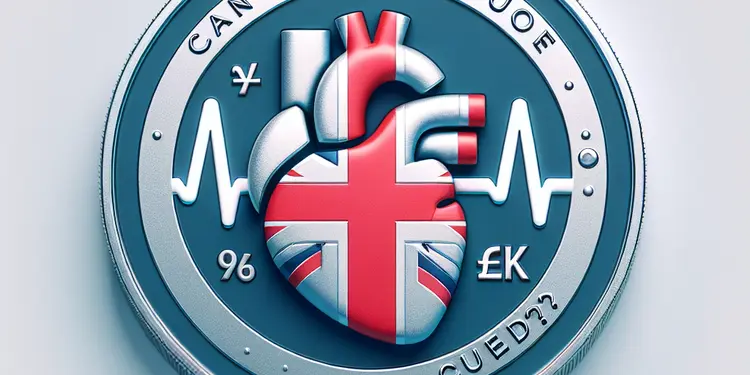
Can heart failure be cured?
Relevance: 4%
-
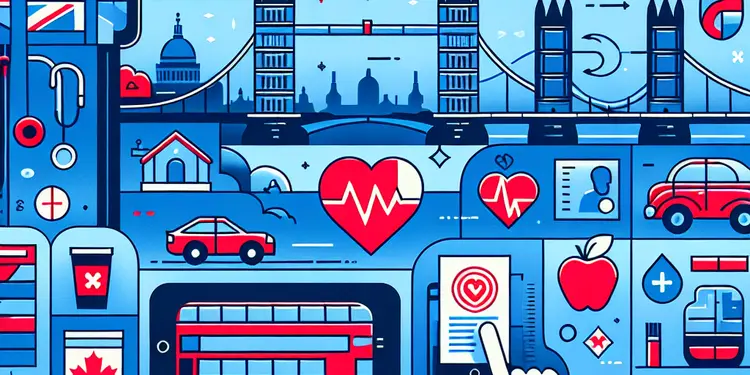
What are the risk factors for a heart attack?
Relevance: 4%
-

What is heart failure?
Relevance: 4%
-

Can high blood pressure lead to other health problems?
Relevance: 4%
-
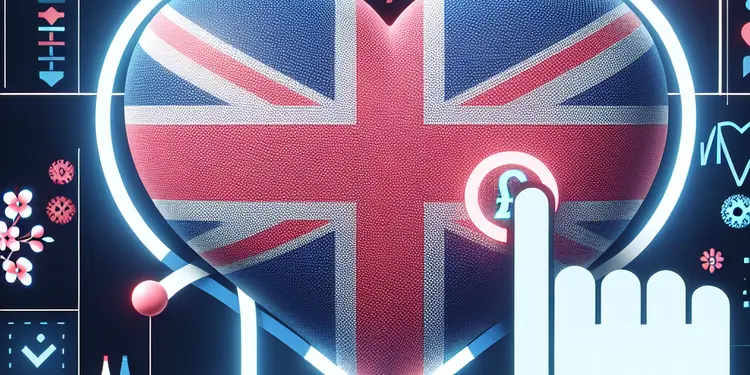
Are there different types of heart failure?
Relevance: 3%
-
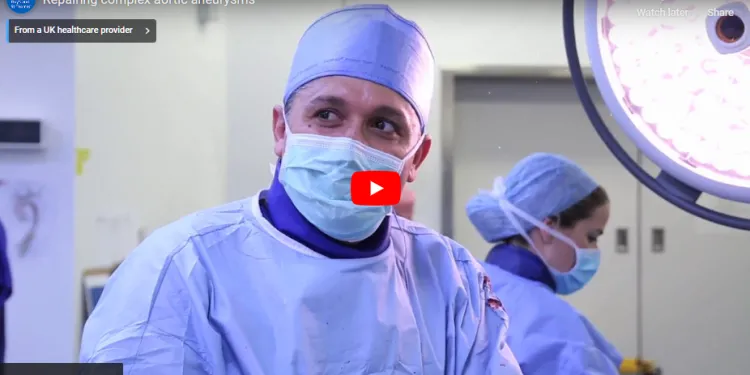
Repairing complex aortic aneurysm
Relevance: 2%
-

Are heart attack symptoms different for people with diabetes?
Relevance: 2%
-

Patient Information Video - Leeds Stress Echocardiography Service
Relevance: 2%
-
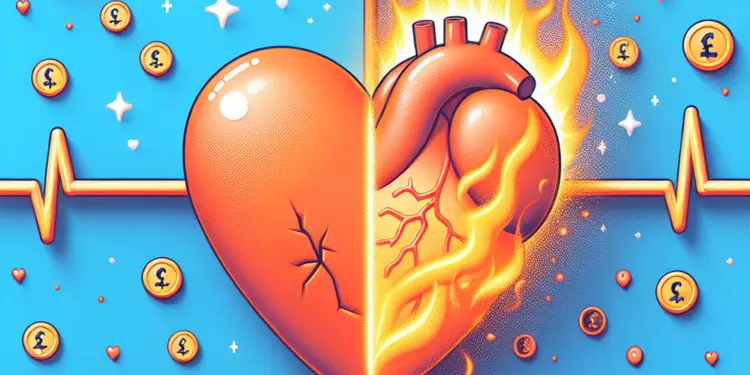
How can I differentiate between heartburn and a heart attack?
Relevance: 2%
-
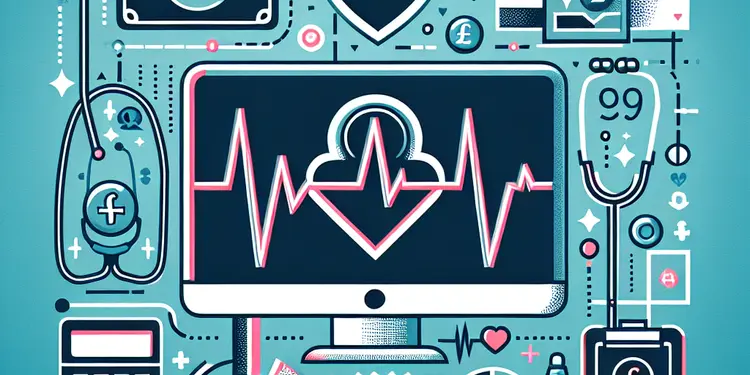
What is the prognosis for someone with heart failure?
Relevance: 2%
Introduction to Coronary Angiogram and Stenting
What is a Coronary Angiogram?
A coronary angiogram is a specialised X-ray procedure used to examine blood vessels supplying the heart (coronary arteries). It is primarily performed to identify the presence and severity of coronary artery disease. During the procedure, a contrast dye is injected into the coronary arteries via a thin catheter, making them visible on X-ray images. This helps cardiologists pinpoint blockages or narrowing in the arteries that might impede blood flow to the heart muscle.When is a Coronary Angiogram Needed?
Patients in the United Kingdom may require a coronary angiogram if they exhibit symptoms such as chest pain (angina), shortness of breath, or other signs suggesting coronary artery disease. The test is often recommended after other non-invasive tests, like ECG, stress tests, or CT scans, indicate potential heart issues. A timely angiogram can be crucial for identifying problems before they lead to more severe conditions like heart attacks.Understanding Stenting
Stenting is a procedure often following a coronary angiogram when blockages are detected. It involves the implantation of a small mesh tube, known as a stent, to keep the narrowed or blocked coronary artery open. The stent ensures consistent blood flow, reducing the risk of heart attacks and alleviating symptoms like chest pain. In many cases, drug-eluting stents, which release medication to prevent restenosis (re-narrowing), are used.The Procedure
Both the angiogram and stenting are typically performed using local anesthesia and sedation. A catheter is inserted through the wrist or groin and guided to the coronary arteries. X-ray images guide the process, and for stenting, once the blockage is identified, a balloon is inflated to widen the artery, followed by the placement of the stent to keep it open. The entire procedure usually lasts 1-2 hours.Recovery and Aftercare
Post-procedure, patients are monitored for a few hours to ensure there are no immediate complications. Most can go home the same day or the following day, barring any issues. It's recommended to follow a healthy lifestyle, take prescribed medications (like blood thinners to prevent clots), and attend follow-up appointments diligently.Benefits and Risks
A coronary angiogram is a highly effective diagnostic tool, and stenting greatly enhances patient outcomes by restoring normal blood flow and reducing symptoms. While generally safe, both procedures carry some risks, such as bleeding, infection, or adverse reactions to contrast dye. However, these are relatively rare and the benefits often far outweigh the risks. For individuals in the UK experiencing symptoms indicative of heart problems, timely consultation with a healthcare provider can be life-saving. A coronary angiogram and potential stenting can ensure better cardiac health and improved quality of life.Introduction to Coronary Angiogram and Stenting
What is a Coronary Angiogram?
A coronary angiogram is a special X-ray test to look at the blood vessels of your heart. Doctors use it to find problems in your heart's blood vessels. In this test, doctors put a special dye in the blood vessels to see them clearly on the X-ray pictures. This helps doctors find any blockages that can stop blood from getting to your heart.When is a Coronary Angiogram Needed?
Doctors might suggest a coronary angiogram if you have chest pain or trouble breathing. These could be signs of heart problems. Other tests, like ECGs or scans, might happen first. But if these tests show possible heart issues, you might need an angiogram. Doing this test on time can help find and fix problems before they cause serious heart issues.Understanding Stenting
If blockages are found during the angiogram, doctors might use a stent. A stent is a small tube that helps keep the blood vessel open. It helps blood flow normally and can stop chest pain and heart attacks. Some stents even release medicine to keep the vessel from getting blocked again.The Procedure
People are usually awake but relaxed for the test with medicine to numb pain. Doctors insert a thin tube (catheter) into the wrist or groin to reach the heart's vessels. They use X-ray images to guide them. If a blockage is found, a small balloon can open the vessel and a stent is placed to keep it open. The whole thing usually takes 1 to 2 hours.Recovery and Aftercare
After the procedure, doctors watch you for a few hours to make sure you are okay. Most people can go home the same day or the next day. It is important to follow the doctor's advice afterward. This includes eating healthy, taking your medicine, and going to follow-up appointments.Benefits and Risks
The angiogram helps doctors see heart problems. The stenting can help by keeping blood flowing well, which improves how you feel. While both procedures are mostly safe, there are some risks like bleeding or infection. But these problems are not common, and the benefits usually outweigh the risks. If you have heart symptoms in the UK, seeing a doctor quickly is important. Getting an angiogram and stenting can help you have a healthier heart and feel better.Frequently Asked Questions
What is a coronary angiogram?
A coronary angiogram is a medical imaging technique used to visualize the inside of coronary arteries to check for any blockages or abnormalities.
Why is a coronary angiogram performed?
It is performed to diagnose coronary artery disease, to determine the extent of heart disease, and to plan treatment, including surgery if necessary.
What should I expect before the procedure?
Before the procedure, you'll undergo a health check-up, blood tests, and you may be advised to avoid food and drink for a few hours prior. You will also be informed about the risks and benefits.
How is a coronary angiogram performed?
A thin flexible tube called a catheter is inserted into an artery, usually in the groin or wrist, and guided to the coronary arteries. A special dye visible by X-ray is then injected to view the arteries.
Is the procedure painful?
The procedure is generally not painful but you might feel some pressure when the catheter is inserted. Local anaesthesia is used to numb the insertion site.
How long does the procedure take?
Typically, a coronary angiogram takes between 30 minutes and 1 hour to complete.
What is stenting?
Stenting involves placing a small mesh tube inside a narrowed artery to keep it open and ensure proper blood flow.
Are there different types of stents?
Yes, there are bare-metal stents and drug-eluting stents, which are coated with medication to prevent further blockages.
When is a stent needed?
A stent is needed if an artery is significantly narrowed or blocked, which can impede blood flow and lead to heart conditions.
How long will I need to stay in the hospital after stenting?
Most patients can go home the next day, but some may require a longer stay depending on their overall health condition.
What are the risks associated with coronary angiogram and stenting?
Risks include bleeding, infection, artery damage, allergic reactions to the dye, and in rare cases, heart attack or stroke.
What should I expect after the procedure?
You may need to rest and avoid strenuous activities for a few days. A follow-up appointment will be scheduled to monitor your recovery.
Will I need medication after getting a stent?
Yes, you will likely need to take medications such as blood thinners to prevent blood clots and ensure the stent remains open.
Can lifestyle changes impact the success of the stent?
Absolutely. Healthy lifestyle choices, including regular exercise, a balanced diet, and quitting smoking, can improve the success rate of the stent and overall heart health.
Is regular follow-up necessary after stenting?
Yes, regular follow-ups with your cardiologist are essential to monitor your heart health and ensure the stent is functioning properly.
What is a coronary angiogram?
A coronary angiogram is a special kind of X-ray picture that shows the heart's blood vessels. Doctors use it to see if the heart is healthy. It helps to find out if there are any blocks or problems in the heart's blood vessels.
Here is how it works:
- A doctor puts a thin tube into a blood vessel in the arm or leg.
- The tube is gently moved to the heart.
- A special dye is sent through the tube.
- The dye makes the blood vessels show up clearly on the X-ray picture.
If you want help to understand, you can:
- Ask a doctor or nurse to explain more.
- Use pictures to help understand the process.
- Watch videos made for children about how the heart works.
A coronary angiogram is a special test. It helps doctors see inside heart arteries. This test checks if there are any blockages or problems.
Why do doctors do a coronary angiogram?
Doctors do a coronary angiogram to look at your heart. They want to see the blood vessels in your heart. This helps them find out if there are any problems.
Supportive tools that might help include:
- Pictures of the heart and blood vessels.
- Simple videos that show what happens during an angiogram.
- Talking with a doctor or nurse who can answer your questions.
This test checks if the heart has troubles. It helps doctors see how bad the problem is. After knowing this, they can decide how to fix it. Sometimes, the fix might be surgery.
What will happen before the treatment?
Before you have the treatment, here is what will happen:
- You might talk to a doctor or nurse.
- You can ask any questions you have.
- You may be asked not to eat or drink for a little while.
- You might be given special medicine to help you relax.
If you find reading hard, try using an app that reads text out loud. You can also ask someone you trust to explain it to you.
Before the procedure, a doctor will see how healthy you are. You will have blood tests. You might need to stop eating and drinking for a few hours. The doctor will tell you the good and bad things about the procedure.
Here are some things that might help you:
- Ask someone you trust to go with you to the appointment.
- Write down any questions you have and bring them with you.
- Use pictures or notes to help remember what the doctor says.
How do doctors do a coronary angiogram?
Doctors use a special test called a coronary angiogram to look at your heart. Here is how it works:
1. A doctor gives you medicine to help you relax. This might make you feel sleepy.
2. The doctor puts a small tube, called a catheter, into a blood vessel in your arm or leg.
3. The tube is gently moved through your blood vessel to your heart.
4. The doctor uses a special dye that makes your blood vessels show up on an X-ray.
5. The doctor takes pictures of your heart to see if there are any problems.
After the test, you can talk to the doctor about what they found.
If you want help understanding the test better, you can:
- Ask a family member or friend to explain it to you.
- Use simple pictures or drawings to see what will happen.
- Talk to your doctor or nurse if you have questions.
A small soft tube called a catheter is put into a blood vessel. This is usually done in your leg or wrist. The tube is carefully moved to the heart's blood vessels. A special dye is put through the tube, so doctors can see the blood vessels using an X-ray.
Does it hurt?
The procedure does not usually hurt, but you might feel a little push when the tube goes in. We use a special medicine to make the area numb so you don’t feel pain.
How long will this take?
This means: How much time will it use?
It is a good idea to ask someone for help if you have a question.
Sometimes, using a timer or clock can help you understand time better.
A heart scan usually takes 30 minutes to 1 hour.
What is stenting?
A stent is a tiny tube. Doctors put it in blood vessels. It helps keep them open.
Sometimes, blood vessels can get too narrow. A stent can help fix this.
Tools to help understand:
- Look at pictures of stents online.
- Talk to a doctor or nurse.
- Ask someone to explain it to you.
Stenting is a way to help blood flow better. Doctors put a tiny metal tube, called a stent, inside a narrow blood tube in your body. This helps keep it open.
Are there different kinds of stents?
Yes, there are different kinds of stents. Stents are tiny tubes that help keep blood flowing in your body. Doctors use stents to open up blocked blood vessels.
Here are two main types of stents:
- Metal Stents: These are tiny tubes made of metal. They help keep blood vessels open.
- Drug-Eluting Stents: These metal stents have medicine on them. The medicine helps prevent the blood vessel from getting blocked again.
If you find reading hard, try reading with a friend or using a reading app. You can also ask an adult to help explain the words you don't know.
Yes, there are two types of stents. One type is called bare-metal stents. The other type is drug-eluting stents. These stents have medicine on them to stop blockages from coming back.
When do you need a stent?
A stent is a small tube. It helps when a blood tube in the body, called an artery, is too narrow or blocked. This problem can stop blood from flowing properly and might cause heart problems.
How long do I stay in the hospital after getting a stent?
After you get a stent, you might stay in the hospital for one or two days. The doctors will watch you to make sure you are okay.
Helpful Tips:
- Ask your doctor or nurse if you have any questions.
- Bring a book, toy, or tablet to help pass the time.
- Use a calendar to mark the days you stay and when you might go home.
Most people will go home the day after surgery. But some people might need to stay in the hospital longer. This depends on how healthy they are.
What problems can happen with heart tests and treatments?
When doctors look at your heart with a special test called an angiogram or put in a small tube called a stent, some things can go wrong.
- You might get a bruise or feel sore where the doctor put a needle in your skin.
- Sometimes, you might bleed a little inside after the test.
- There is a small chance of having a heart attack during the test.
- Very rarely, people can have an allergic reaction to the dye the doctors use.
It's important to talk to your doctor if you feel worried. They can help you understand what happens during the test. You can also ask a friend or family member to go with you to the doctor.
There are some risks to know about. These include bleeding, getting an infection, damage to the arteries, having an allergic reaction to the dye, and in rare cases, having a heart attack or a stroke.
What happens after the procedure?
Here is what you can expect:
- You might feel sleepy. Rest if you need to.
- You could have some pain or feel sore. This is normal.
- Your doctor will tell you how to take care of yourself.
- You might need help from a grown-up or a friend. It is okay to ask for help.
- Use simple words and ask if you do not understand something.
You might need to take a break and not do any hard activities for a few days. We will make a new appointment to check how you are getting better.
Will I need medicine after getting a stent?
A stent is a small tube put into your artery to help blood flow.
After getting a stent, doctors might give you medicine. This is to help you feel better and keep the stent working well.
If you have questions, ask your doctor or nurse. They can help you understand what you need.
Using pictures or getting someone to read to you might help. There are apps that read text out loud too!
Yes, you might need to take medicines to keep your blood flowing smoothly and stop clots. This helps keep the stent open.
Can changing how you live help the stent work better?
When a doctor puts a stent in your heart, it helps blood move around your body. But, how you live can make the stent work even better!
Here are some simple ways to help your stent:
- Eat Healthy Foods: Try to eat lots of fruits and veggies. They help keep your heart strong!
- Exercise: Moving your body can make your heart happy. Try walking, dancing, or playing outside.
- No Smoking: Smoking can hurt your heart. Try not to smoke or be around people who do.
- Take Your Medicine: Listen to your doctor and take all your medicine. It helps you stay healthy.
- Talk to Your Doctor: Ask questions if you are unsure about anything. Your doctor is there to help you.
There are also helpful tools if you need them:
- Ask for Help: Talk to a grown-up if you need support or have questions. They can help you understand.
- Pictures and Videos: Sometimes pictures and videos explain things better. They can be fun and easy to follow.
Remember, you can do many things to help your heart and stent stay healthy!
Yes, you can help your heart stay healthy! Here are some easy things you can do:
- Move your body often. Try to get some exercise every day, like walking or playing outside.
- Eat lots of different foods. Try to eat fruits, vegetables, and other healthy foods.
- If you smoke, it is important to stop. Smoking is not good for your heart.
These things can help your stent work better and keep your heart strong.
Do you need to see the doctor often after getting a stent?
Yes, it is very important to see your heart doctor (cardiologist) often. This helps them check on your heart and make sure the stent is working well.
Useful Links
- Ergsy carfully checks the information in the videos we provide here.
- Videos shown by Youtube after a video has completed, have NOT been reviewed by ERGSY.
- To view, click the arrow in centre of video.
- Most of the videos you find here will have subtitles and/or closed captions available.
- You may need to turn these on, and choose your preferred language.
- Go to the video you'd like to watch.
- If closed captions (CC) are available, settings will be visible on the bottom right of the video player.
- To turn on Captions, click settings .
- To turn off Captions, click settings again.
More Items From Ergsy search
-

Introduction to coronary angiogram and stenting
Relevance: 100%
-

Intro to Angiograms, Angioplasty & Coronary Bypass Grafting
Relevance: 71%
-

Heart stents
Relevance: 48%
-

Having a CT Angiogram
Relevance: 43%
-

Coronary Bypass Grafting (CABG)
Relevance: 29%
-

FFR-CT beat invasive conventional coronary angiography says a Cardiologist
Relevance: 26%
-

Heart attack care - Raigmore Hospital Inverness, NHS Highland
Relevance: 14%
-

Will a heart bypass make me live longer?
Relevance: 13%
-

Cardiac Physiology Walkthrough
Relevance: 10%
-

What causes heart failure?
Relevance: 10%
-

What is angina and how is it treated?
Relevance: 9%
-

Heart Attack Stories | NHS
Relevance: 9%
-

Heart failure introduction
Relevance: 7%
-

Before Angioplasty
Relevance: 7%
-

Heart Failure : Symptoms of heart failure
Relevance: 6%
-

Heart Failure : When the heart becomes stiff?
Relevance: 6%
-

Heart Failure : What is heart failure?
Relevance: 6%
-

Heart Failure : Heart failure that cannot pump
Relevance: 6%
-

What are the symptoms of arterial thrombosis?
Relevance: 6%
-

What exactly is an arrhythmia?
Relevance: 6%
-

Heart Failure : The normal heart
Relevance: 6%
-

How is heart failure diagnosed?
Relevance: 5%
-

Can physical exertion trigger a heart attack?
Relevance: 5%
-

Heart Attack Stories | NHS
Relevance: 5%
-

Can heart failure be prevented?
Relevance: 5%
-

Electrocardiogram ECG
Relevance: 4%
-

What are the types of thrombosis?
Relevance: 4%
-

Does coffee consumption have any long-term heart health effects?
Relevance: 4%
-

What complications are associated with Type 2 Diabetes?
Relevance: 4%
-

What are the risks of having high blood pressure?
Relevance: 4%
-

Can heart failure be cured?
Relevance: 4%
-

What are the risk factors for a heart attack?
Relevance: 4%
-

What is heart failure?
Relevance: 4%
-

Can high blood pressure lead to other health problems?
Relevance: 4%
-

Are there different types of heart failure?
Relevance: 3%
-

Repairing complex aortic aneurysm
Relevance: 2%
-

Are heart attack symptoms different for people with diabetes?
Relevance: 2%
-

Patient Information Video - Leeds Stress Echocardiography Service
Relevance: 2%
-

How can I differentiate between heartburn and a heart attack?
Relevance: 2%
-

What is the prognosis for someone with heart failure?
Relevance: 2%


